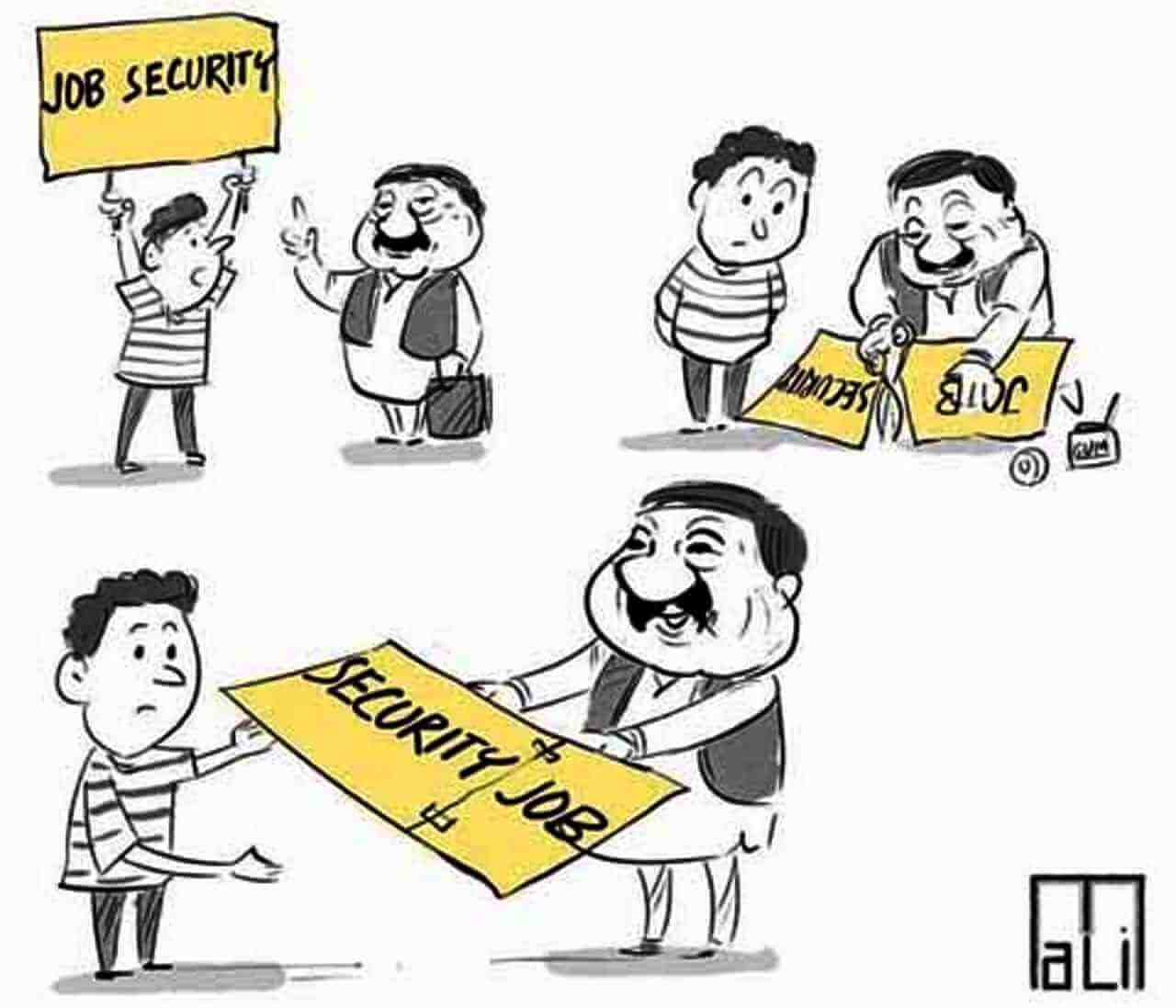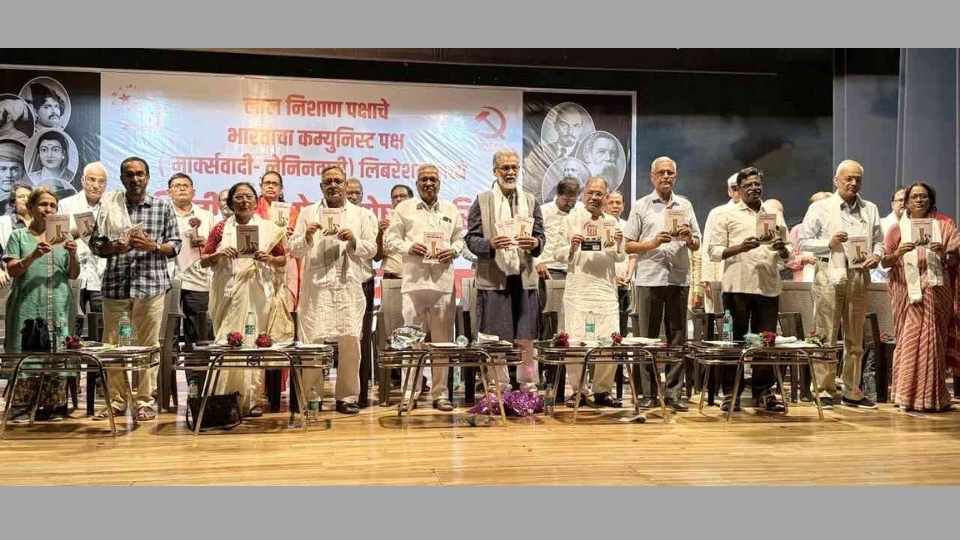What is Agnipath?
The Agnipath scheme is a new recruitment scheme for the Indian military. It aims to recruit people aged 17 and a half years to twenty-one years for a period of 4 years. Recruitment will be all India and all class. 25% of those recruited will get permanent jobs after 4 years while the remaining 75% will not. The scheme will replace (completely) the existing model under which soldiers are recruited into different regiments. The soldiers recruited in this scheme will get the title Agni veer and a salary of Rs. 30,000 to 40,000 per month. Moreover on release, they will get a Seva Nidhi package of Rs. 11.71 lakhs (non-taxable). This package includes 30% of salary as contribution by the soldiers and 30% contribution by the government. They will also get an insurance cover for Rs.48 lakhs. They will also receive an Agni Veer skill certificate which, it is claimed, will help them to find jobs post release. In addition, they will get a loan of Rs. 18.2 lakhs over 3 years or more. They will, however, not receive any pension benefits or ex-servicemen status. This means that in the same battalion, there will be servicemen doing the same job for differential benefits. Servicemen demanded One Rank One Pension – now they are getting No Rank No Pension, only the tensions of job-seeking after four years!What is the justification given by the government for this drastic change in recruitment procedure?
The proclaimed aim of the scheme is to keep the military personnel recruited younger and more agile. From an average of 32 years, the scheme hopes to bring down the average by 4-5 years. The other main goal is to reduce the overall pension burden. Of the overall defense allocation, a 28% goes into pensions. Out of 5.2 lakh crore, 1.2 lakh crore was allocated to pensions. 2.3 lakh crore goes into revenue expenditure and 1.5 lakh crore goes into capital expenditure. For every 100 serving military personnel, there are 170 retired ones. So, the goal is to reduce the ‘bloated’ pension budget while also modernizing the armed forces. How? By shifting the focus from armed personnel to technology (drones etc). This will be done, it is claimed, by increasing capital expenditure.
Does the justification given by the government make sense at all?
Will a reduction of 4 years in average age really increase agility by a lot? Is the government implying that our armed forces are currently not agile and fit? There will be at best a marginal improvement and at worst none at all.
The age argument makes no sense at all. While 4 years of agility would not add to efficiency, 4 lesser years of experience could definitely decrease efficiency.
The government has said that there will be special job opportunities for these released Agni veers. This line of thought is ridiculous to say the least. Even those military personnel who have years of training and experience (as opposed to “Agniveers” who have 6 months of training and 4 years of experience) have a difficulty finding a job post retirement. Firstly, only a tiny fraction of these find jobs and secondly the quality of jobs they find is horrendous – the best job being that of a home guard for most. If this is the state of those who are experienced, then what will be the state of those who are far less experienced i.e. the “Agniveers”?
The government said that Agniveers will get special priority in CAPF recruitment but the government’s record in CAPF recruitment has been abysmal to say the least. There were only 10,000 recruitments made in 2020 compared to 1 lakh + vacancies. There has been an 80% decline in CAPF recruitment since 2017. No wonder the youth is skeptical of the government’s grandiose claims.
Let us also talk about the 25% and the 75%. According to Lt Gen Vinod Bhatia, the scheme would lead to militarization of society (for which plenty of evidence exists). Let’s understand how this would occur. 75% recruits every year will be trained in using guns and frustrated since the prospects of them getting a job would be very low. Since, they would have spent the most formative years of their adult lives (17-21) preparing and working for the armed forces, their prospects of getting jobs elsewhere will be low. Many youngsters have said that they spend 4 years training to get a job in the military. 4 years training for a 4-year regular job seems unfair to say the least. These 75% frustrated ex-army men could well erupt in violence. The Agniveers will not have the spirit of cooperation but will rather be involved in a rat race to become part of the 25%. Moreover, who picks these 25%? The commanding officer- someone with no administrative experience. This too would lead to many problems – administrative and otherwise.
The goal of shifting the reliance from personnel to technology needs to also be addressed. Firstly, just like we can’t pit revenue expenditure against capital expenditure (you need both school infrastructure and teachers for schools to operate) you can’t pit technology versus troops. You need skilled and experienced troops to operate the machines. Moreover, recent wars have shown us that technology can’t be a substitute for troops. In his article “Tour of duty – The Kindergarten army?” Lt. Gen PR Shankar explains how this new recruitment procedure could lead to a long chain of inexperienced soldiers which will have to operate complex machines. According to his mathematical calculations, the ratio of experience vs youth shouldn’t be diluted to lower than 70:30. The 50:50 ratio recommended by the government would be a disaster which would lead to a plethora of half trained soldiers which would put the stake of the nation at danger.
Moreover, he points out that 75% will be excluded on a mere 3.5-year assessment. This time frame seems absurd and very short indeed. He ends by stating that the government expects a superman from a kindergarten.
Is saving a few thousand crores on military revenue a wise decision?
Government expenditure as a percentage of GDP has fallen from 2.5% in 2010-11 to 2% in 2020-21. Moreover, the capital expenditure component (which the government wants to expand) has also fallen under the NDA regime. From 30% in 2011, Capex as percentage of defense expenditure has fallen to 22% in 2018.
Moreover, defense capital expenditure as a percentage of total capital expenditure has also fallen sharply in the recent years. It is then fair to question the intentions of the government taking into consideration their abysmal capital expenditure defense spending.
Let us assume the government is able to reduce the pension expenditure by 30% (which is a huge claim by the way). This would mean that from 1.2 lakh crores, we would be at 80,000 crores per annum. This would mean saving a sum of 40,000 crores per annum (note that this is the best-case scenario). Now, this seems like a huge amount, but it must be put into perspective.
It is only a tiny amount of the revenue foregone by the government due to concessions and tax cuts given to corporates. It is an even tinier fraction of the NPAs caused by huge corporates. The government seems to have amended the rules to cut expenditure on their jawans but not on the crony corporations. Which begs the question - Do they really care about ‘protecting the nation’ or do they care about protecting a few people in the nation?
While it can be argued (and it should) that the military needs reforms and that we need to stop wasteful expenditure; pensions for retired army men, as well as basics like nutritious food, suitable shoes and uniforms etc cannot be deemed a “waste”! The only objective which the scheme would achieve is destruction of thousands of permanent jobs in the army and massive contractualization of army jawans. This seems to be in line with the other trends of contractualization (in other sectors of the economy). In a time where our labor force participation is falling, unemployment is rising and employment elasticity is falling, the government has taken a step in the opposite direction of providing a cushion to the youth by pushing their future into the vicious hands of precarity and uncertainty. They know very well that the skills taught to them by the military would not be the skills the market needs post-release.





